We may face several problems while using Kitchenaid Dishwashers.
People often complain their Kitchenaid dishwasher soap dispenser not opening and want to know the reason.
Knowing the reason behind the problem is the first step to solve it. So you must know the reason and solve it immediately.
This article will let you know the reason so that you can take necessary steps for it. Scroll till the end.
Causes And Solutions Of Kitchenaid Dishwasher Soap Dispenser Not Opening
Hardened Soap
Soap residue is by far the most common cause of dishwasher detergent doors becoming stuck shut.
The detergent dispenser obviously spends a great deal of time in contact with detergent.
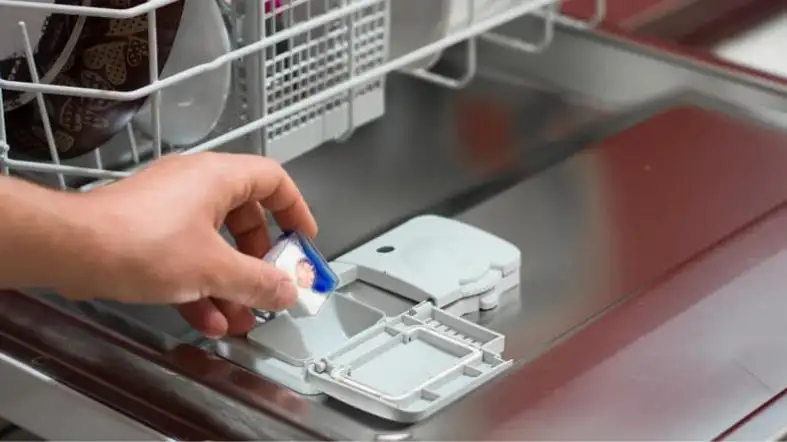
If the dishwasher is unable to fully dispense the detergent, the residual detergent can dry out and clog the dispenser’s inner workings.
Most dishwashers, especially newer models, spray water into the dishwasher dispenser to remove any residual soap.
But if your dishwasher is older or poorly designed, you’re more likely to encounter this issue at some point.
Fortunately, this problem is very simple to resolve. To remove any dried-up detergent that has accumulated in your detergent dispenser, simply use a rag drenched in hot water to wipe away any visible detergent residue.
Broken Door Spring/Hinge Pin
The detergent dispenser door of your dishwasher contains a small spring whose purpose is to ensure that the door always opens when required.
When the door is closed and latched, the spring is under tension.
A catch is used to open the door at the appropriate time, and the tension created by the spring causes the door to pop open rather than simply fall open.
If the door’s spring is broken, the door may not have enough force to open on its own.
The same thing can occur if the detergent dispenser’s door hinge pin becomes broken or bent.
If the existing spring or hinge is broken, you will need to install a replacement.
Broken Dispenser Door Latch
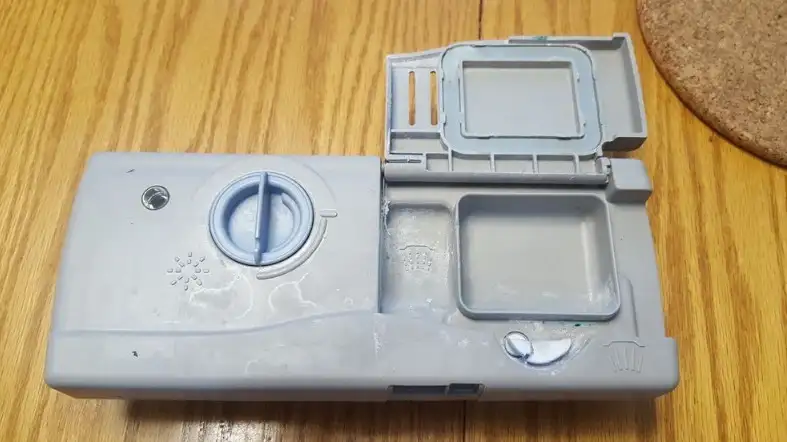
Obviously, the door latch is what keeps the detergent dispenser door closed until it’s time to dispense the detergent.
It is possible for the latch to break on its own, but it could also have been obstructed by old detergent or food particles.
First, you should examine the door latch to determine if it is obstructed, and then remove any obstructions you find.
If there are no foreign objects or substances caught in the door latch, you should inspect the latch for signs of damage.
Notate if it appears that any portion of the latch has been bent or broken off.
The latch can break if it is old and the plastic from which it is made has become brittle, or if it is subjected to excessive force due to a buildup of old detergent.
In any case, if the latch breaks, the only solution is to replace it.
Broken Wax Motor
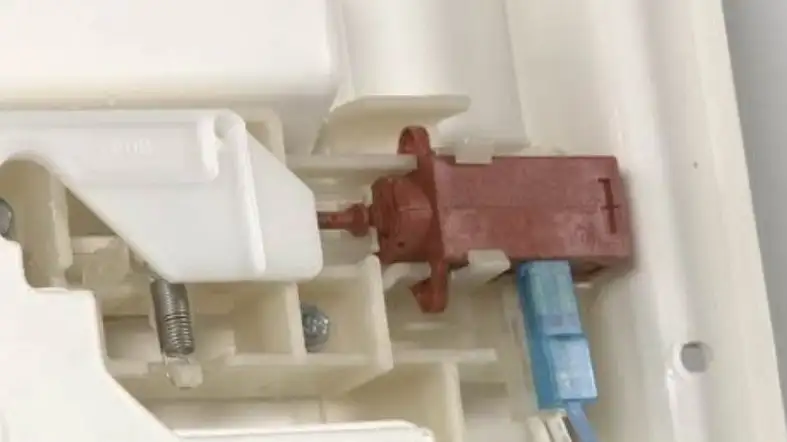
In contemporary dishwashers, the wax motor is used to release the detergent dispenser door catch. As suggested by its moniker, a wax motor contains a small amount of wax.
Wax expands when heated, and the expanding wax in the motor moves a plunger that unlocks the dispenser door latch.
A timer is connected to the wax motor to ensure that the door is always opened at the appropriate time. If the door’s motor fails, it will be unable to open on its own.
The wax motor may malfunction due to a faulty timer, which we will discuss in more detail in the following section.
When diagnosing a malfunctioning wax motor, it is necessary to examine both the motor and the connected timer.
To test the motor, use a multimeter to determine whether the motor has any remaining continuity. If none exist, replace the motor.
Warped Dispenser Door
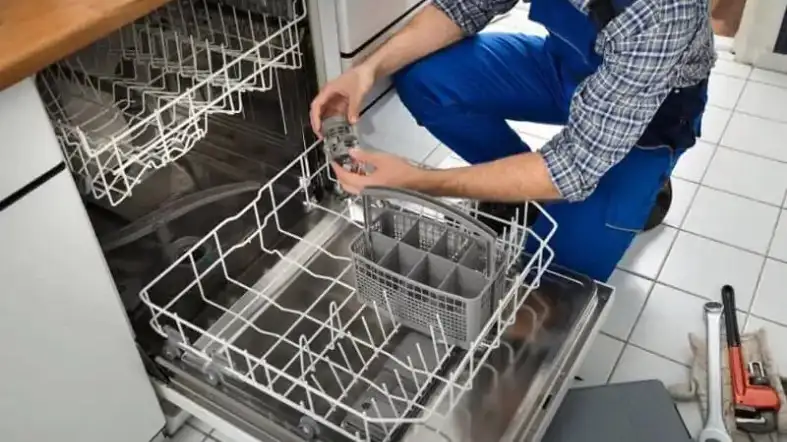
This is not a significant issue with modern dishwashers, but it is known to be a problem with older top-loading dishwashers.
When the dispenser’s plastic door is subjected to extremely high temperatures, either during the wash cycle or the drying cycle, the door can melt and become deformed.
Clearly, a deformed door will not fit in the opening for which it was designed, and this may cause it to become stuck in either the closed or open position.
In either scenario, this will render the detergent dispenser completely inoperable.
A piece of plastic that has become warped cannot be unwrapped, so you will need to replace your dispenser door if this occurs.
Caution: if you have an older dishwasher without a comprehensive parts support system, this may prove to be difficult.
Broken Bi-Metal Launch
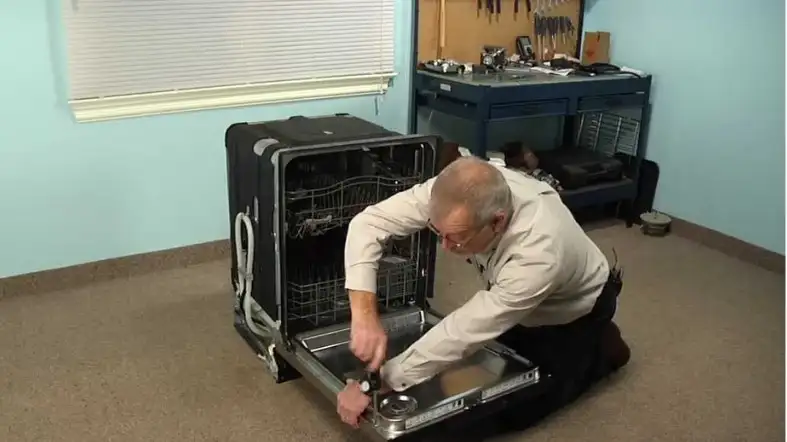
Newer dishwashers typically use wax motors to open their detergent dispenser doors, whereas older dishwashers utilize a bi-metal release for the same purpose.
A bi-metal release is a device that employs an electrical current to release the detergent dispenser door mechanically.
If the bi-metal release is not properly opening the dispenser door, the release itself may be broken or there may be a problem with the dishwasher’s timer.
Similar to the wax motor, a multimeter can be used to determine if the bi-metal release has broken.
If a multimeter test reveals that the bi-metal release no longer has continuity, a replacement must be installed.
Additionally, you should inspect the bi-metal release for visible signs of damage and replace it if it is visibly broken.
Broken Timer
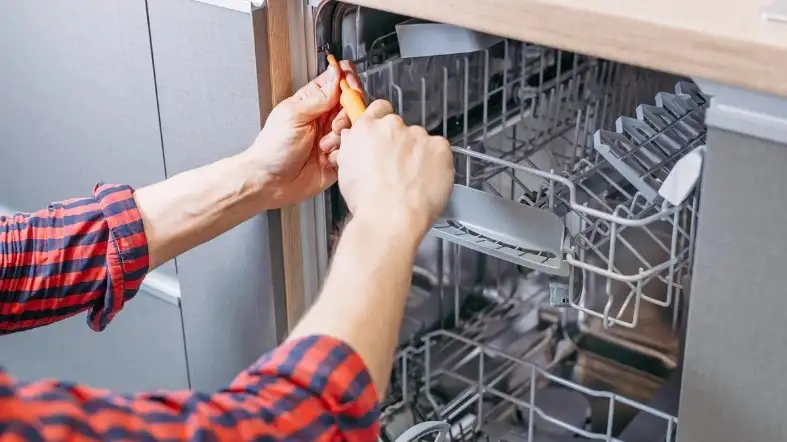
Some older dishwashers use an actual timing mechanism to control when the detergent is released.
When it is time to dispense detergent into the dishwasher, the timer triggers a lever that opens the door of the detergent dispenser.
Obviously, if this timer fails, the door will not open. Examine the connection between the timer and the door lever to ensure that everything is connected properly.
You may also want to inspect the cam that activates the lever within the timer. If any of these components appear to be damaged, the timer should be replaced.
Damaged Or Missing Rinse Aid Cap
If you use a rinse aid when washing dishes, you’re likely aware that your dishwasher has a specific compartment for the rinse aid.
However, if your rinse aid cap will not open, it will be much more difficult to properly clean your dishes.
Over time, the rinse aid cap may become loose or even warped. If it is simply loose, you may be able to fix the issue by reattaching it; however, if it is warped, it will likely need to be replaced.
Similar to the detergent dispenser door, the rinse aid cap can become warped if it is exposed to high heat for an extended period of time.
FAQs about Kitchenaid dishwasher soap dispenser not opening
Can A Defective Dispenser’s Door Slide Make A Kitchenaid Dishwasher Soap Dispenser Not Opening?
In the dispenser unit is a little slide that aids in opening and closing the door.
If it becomes damaged, the door may no longer open, preventing soap from entering the dishwasher during the wash cycle.
If it is broken, replace the slide and then determine whether the issue has been resolved.
Hopefully, your dishwasher’s soap dispenser is now operational. Consider changing the entire dispenser if not.
Can A Faulty Dispenser’s Door Spring Make A Kitchenaid Dishwasher Soap Dispenser Not Opening?
A spring in the dispenser’s door allows the dispenser to open during a wash cycle, allowing soap to enter the dishwasher.
Occasionally, the spring can become faulty, preventing the dispenser from opening.
If it is broken, replace the spring and then determine whether the issue has been resolved.
Final Thoughts
Now you know the reason and solution to the problem Kitchenaid dishwasher soap dispenser not opening.
There may be several reasons and you must identify them properly.
After identifying, take the steps we have mentioned above. Maintain your Kitchenaid dishwasher properly to avoid the problem and use it for long term.

